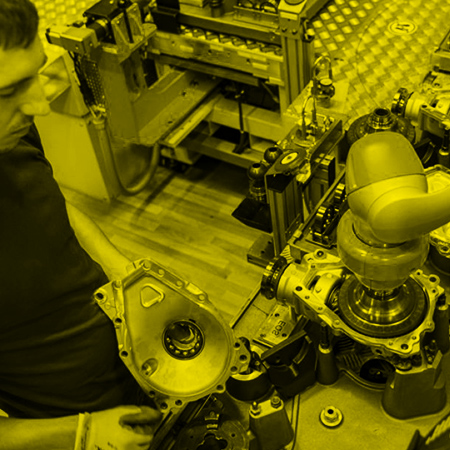Where Does Technology Come From?






Thank you for such an amazing job Dr. Levin! This article found in the Managerial Economics and Business Strategy Book gives a great overview of the ways new technologies can be found by the business word! Share and comment if you know about other means!
How do managers acquire information about technology? A study by Richard Levin suggests there are seven principal methods.
INDEPENDENT R&D
The most important means of acquiring and process innovations is independent research and development (R&D). This essentially involves engineers employed by the firm who devise new production processes or products.
LICENSING TECHNOLOGY
The firm that was originally responsible for developing the technology and thus owns the rights to the technology often sells the production function to another firm for a licensing fee. The fee may be fixed, in which case the cost of acquiring the technology is a fixed cost of production. The fee may involve payments based on how much output is produced. In this instance, the cost of the technology is a variable cost of production.
PUBLICATIONS OR TECHNICAL MEETINGS
Trade publications and meetings provide a forum for the dissemination of information about production processes.
REVERSE ENGINEERING
As the term suggests, this involves working backward: taking a product produced by a competitor and devising a method of producing a similar product. The typical result is a product that differs slightly from the existing product and involves a slightly different production function from that used by the original developer.
HIRING EMPLOYEES OF INNOVATING FIRMS
Former employees of the other firms often have information about the production process
PATENT DISCLOSURES
A patent gives the holder the exclusive rigts to an invention for a specified period of time-17 to 20 years in most countries. However, to obtain a patent an inventor must file detailed information about the invention, which becomes public information. Virtually anyone can look at the information filed, including competitors. In many instances, this information can enable a competitor to "clone" the product in a way that does not infringe on the patent. Interestingly, while a patent is pending, this information is not publicly available. For this reason, stretching out the time in which a patent is pending often provides more protection for an inventor than actually acquiring the patent.
CONVERSATIONS WITH EMPLOYEES OF INNOVATING FIRMS
Despite the obvious benefits of keeping trade secrets "secret," employees inadvertently relay information about the production process to competitors. This is especially common in industries where firms are concentrated in the same geographic region and employees from different firms intermingle in non businesses settings.
The most important means of acquiring and process innovations is independent research and development (R&D). This essentially involves engineers employed by the firm who devise new production processes or products.
LICENSING TECHNOLOGY
The firm that was originally responsible for developing the technology and thus owns the rights to the technology often sells the production function to another firm for a licensing fee. The fee may be fixed, in which case the cost of acquiring the technology is a fixed cost of production. The fee may involve payments based on how much output is produced. In this instance, the cost of the technology is a variable cost of production.
PUBLICATIONS OR TECHNICAL MEETINGS
Trade publications and meetings provide a forum for the dissemination of information about production processes.
REVERSE ENGINEERING
As the term suggests, this involves working backward: taking a product produced by a competitor and devising a method of producing a similar product. The typical result is a product that differs slightly from the existing product and involves a slightly different production function from that used by the original developer.
HIRING EMPLOYEES OF INNOVATING FIRMS
Former employees of the other firms often have information about the production process
PATENT DISCLOSURES
A patent gives the holder the exclusive rigts to an invention for a specified period of time-17 to 20 years in most countries. However, to obtain a patent an inventor must file detailed information about the invention, which becomes public information. Virtually anyone can look at the information filed, including competitors. In many instances, this information can enable a competitor to "clone" the product in a way that does not infringe on the patent. Interestingly, while a patent is pending, this information is not publicly available. For this reason, stretching out the time in which a patent is pending often provides more protection for an inventor than actually acquiring the patent.
CONVERSATIONS WITH EMPLOYEES OF INNOVATING FIRMS
Despite the obvious benefits of keeping trade secrets "secret," employees inadvertently relay information about the production process to competitors. This is especially common in industries where firms are concentrated in the same geographic region and employees from different firms intermingle in non businesses settings.
Source:
Richard C. Levin, "Appropriability, R&D Spending, and Technological Performance", The American Economic Review Vol. 78, No. 2, Papers and Proceedings of the One-Hundredth Annual Meeting of the American Economic Association (May, 1988), pp. 424-428
Richard C. Levin, "Appropriability, R&D Spending, and Technological Performance", The American Economic Review Vol. 78, No. 2, Papers and Proceedings of the One-Hundredth Annual Meeting of the American Economic Association (May, 1988), pp. 424-428




